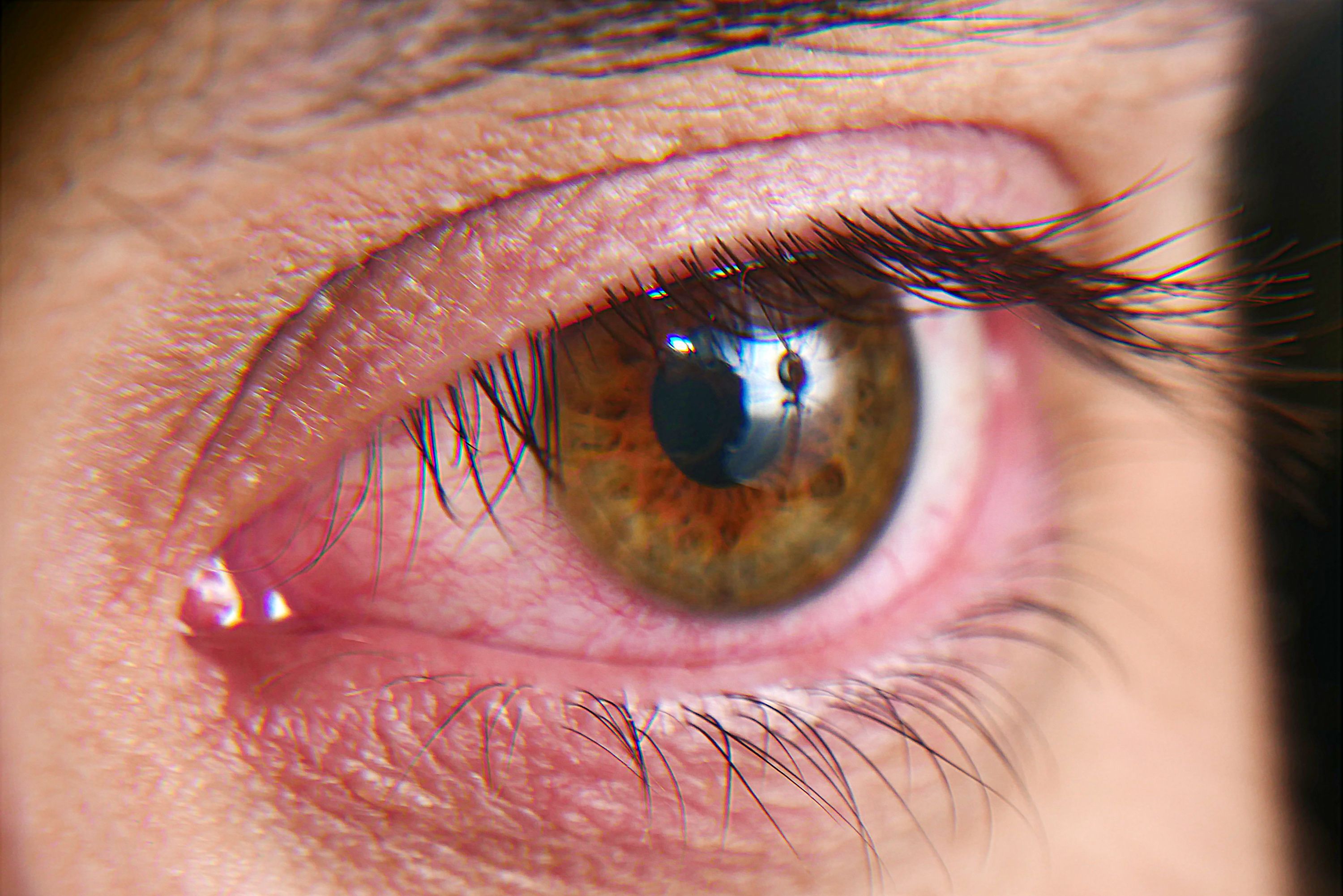Article
FDA approves generic version of cyclosporine ophthalmic emulsion as dry eye treatment
Author(s):
The FDA has approved the first generic of cyclosporine ophthalmic emulsion (Restasis; Allergan) 0.05% single-use vials of eye drops to increase tear production in patients with dry eye disease.

The FDA has approved the first generic of cyclosporine ophthalmic emulsion (Restasis; Allergan, an AbbVie company) 0.05% single-use vials of eye drops to increase tear production in patients with dry eye disease.
According to a news release, tear production was not seen in patients currently taking topical anti-inflammatory drugs or using punctal plugs.
The generic version is sponsored by Mylan Pharmaceuticals. The company is part of Viatris. There are no remaining legal or regulatory barriers, and the company said in a release that it is launching immediately.
Sally Choe, PhD, director of the Office of Generic Drugs in FDA’s Center for Drug Evaluation and Research, pointed out in the news release that restasis has been approved for use in the U.S. for nearly 20 years, but until today, there was no approved generic product of this drug.
“Today’s approval reflects the FDA’s continued commitment to advancing patient access to lower-cost, high-quality generic drug products that are as safe and effective as their brand name counterparts,” she said in a statement. “Supporting development and expanding opportunities to bring complex generic drugs to the market is a major focus of our efforts to help improve competition and help lower drug prices.”
Cyclosporine ophthalmic emulsion is indicated to increase tear production in patients whose tear production is presumed to be suppressed due to ocular inflammation associated with keratoconjunctivitis sicca, also known as dry eye. Dry eye disease is a common condition that occurs when a patient's tears are unable to provide adequate lubrication for their eyes. Tears can be inadequate and unstable for many reasons, but the instability can lead to discomfort, inflammation and potential damage of the eye's surface.
The most common side effect reported in the clinical trials for cyclosporine ophthalmic emulsion was ocular burning. Other reactions included conjunctival hyperemia (dilation and redness of blood vessels in the eye), discharge, epiphora (excessive watering of the eye), eye pain, foreign body sensation (the sensation of having something in your eye), pruritus (itchy skin), stinging and visual disturbance (most often blurring).
"I am pleased that Viatris has received the first FDA approval for generic Restasis after working for nearly a decade not only to develop a more affordable product but also to remove all barriers to entry and achieve patient access,” Viatris President Rajiv Malik said in a statement. “We are also proud to add another first to our growing list of industry-setting scientific achievements in bringing to market complex and difficult-to-manufacture products."
Viatris Developed Markets President Tony Mauro said the approval of generic Restasis reinforces the company’s “ongoing commitment to deliver innovative solutions and increase access to more affordable treatment options for patients.”
“We look forward to quickly bringing this important product to millions of Americans with chronic dry eye disease,” he said in a statement.
According to the FDA, applicants must submit appropriate data and information to demonstrate that generic drug products meet the FDA’s rigorous approval standards, ensuring that generic drug products are safe, effective and meet the same high-quality standards as their brand name counterparts.
The development of complex generics may be more difficult due to, for example, their complex active ingredient formulation or route of delivery. As a result, many complex drugs lack generic competition. The FDA has taken a multifaceted approach to encourage development of complex generics through the Generic Drug User Fee Amendments (GDUFA) program.
Newsletter
Don’t miss out—get Ophthalmology Times updates on the latest clinical advancements and expert interviews, straight to your inbox.




